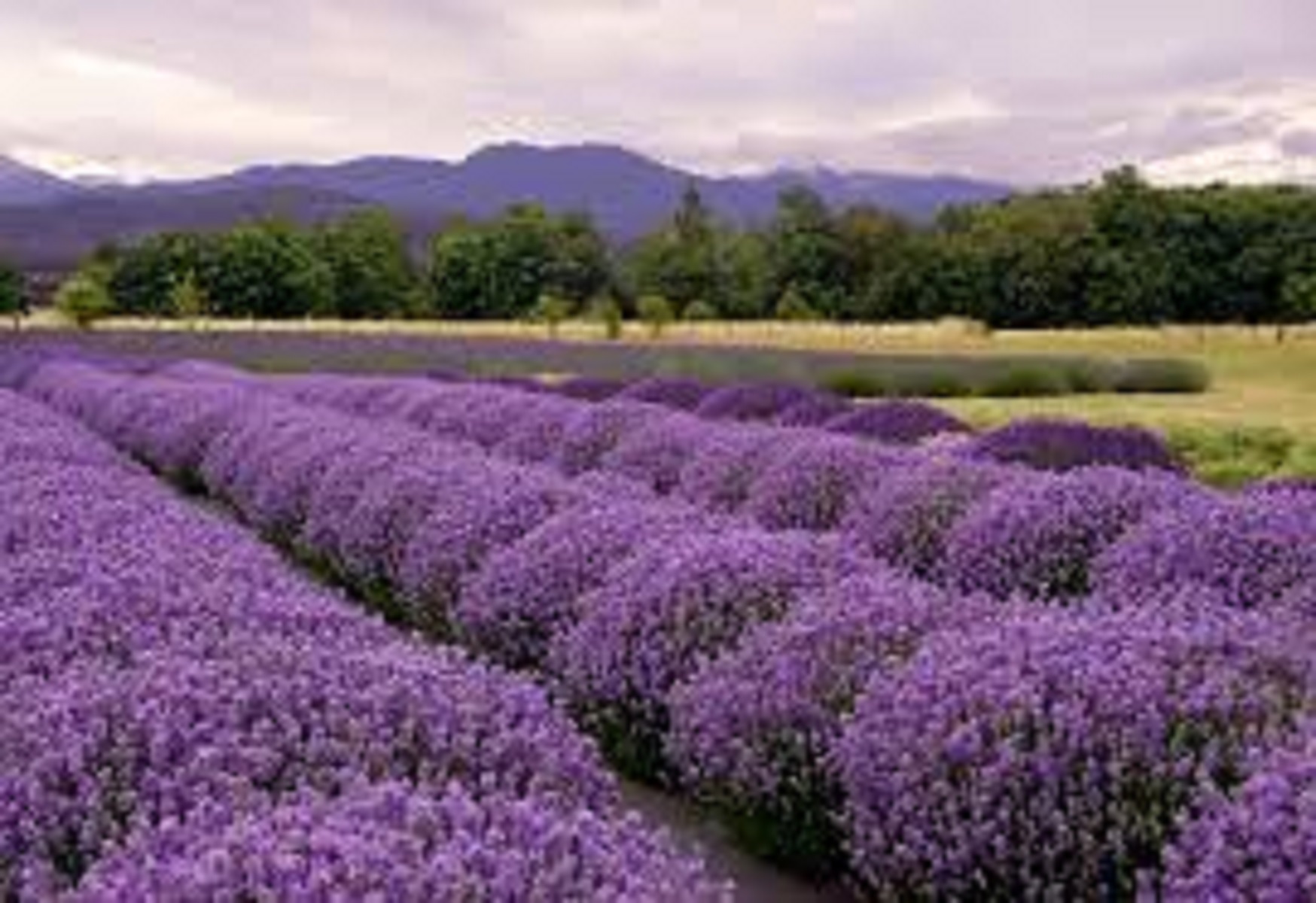Lavandula spica is the botanical name of Lavender. Lamiaceae is the family name of this plant. The Lavender flower is an annually fragrant herb or shrub that can reach a size of 40 cm to 80 cm. The leaves of the Lavender plant are fighting, oblong-linear, with tiny flowers. The Lavender plant was developed in the Mediterranean area. To grow this plant, you must have a moderate temperature equal to the Mediterranean area. Lavender can produce in backyards, pots/receptacles as well. A few dozens of Lavender growing in the backyard can make you wealthy. The commercial cultivation of Lavender on a large scale can bring crores of rupees.
In India, the lavender crop grows in low rainfall areas and in Uttar Pradesh and Himachal Pradesh. The lavender harvest was also successfully grown in the Kashmir valley area.
Lavender Climate Cultivation
The ideal climatic situations are cool winters and cool summers. Lavender is a delicate plant and can tolerate deficiency and frost conditions. Therefore, you can get more results when grown at higher altitudes. However, the lavender crop needs good sunlight as well. In poor lighting situations, one can observe less gain of blooms and reduced actual oil range.
Lavender Soil Condition
Light well-aerated dry and calcareous grounds with slopes rich in organic weight are best for a lavender producer. Lavender is very susceptible to waterlogging. The ideal soil pH for getting higher vital oil ranges from 7.0 to 8.3. The best part of Lavender is that it can cultivate even on poor and eroded grounds. In retail Lavender cultivation, soil testing allows you to determine suitability.
Lavender Land Preparation
Prepare the ground by giving 2 to 3 deep ploughings to remove weeds and plants and obtain the soil to the delicate tilth stage. You can add appropriate well-decomposed farmyard manure to improve soil fertility during land practice. The Mahindra 265 tractor model is best for land preparation.
Lavender Propagation
Rooted Cuttings and Layering can accomplish lavender Propagation.
Rooted Cuttings
Cuttings of this plant should take from nutritious mother plants produced outdoors. You can use rooting hormones to promote rooting development:
- Cuttings 10 cm to 15 cm should create from the top immature shoots of the works.
- The footing 2/3rd is denied from leaves.
- Half to 2/3rd of the cuttings should stand in a suitable growing medium and reproduce in trays or cradles.
A mixture of 30% garden compost and 70% sand performs well. Black polythene covers protect the seedbeds from cold weather in the Kashmir area.
Layering
In this propagation technique, select a long, healthy stem and remove 12 cm to 15 cm of vegetation, leaving 10 cm of vegetation at the end of the branch. You should shield the 9 bare areas with the moist ground, and the unit will root at the soil group. You should cut the new works from the mother plants after embedding. The plants should replanted in the prepared field after roots start, usually from 6 to 12 weeks. A fluid organic feed should be delivered weekly.
Lavender Planting and Spacing
Transplantation of Lavender seedlings should accomplished either in autumn or in spring. Lavender is planted at 4 feet between rows and 30 cm to 40 cm inside the rows. The plant density of 20,000 per hectare produces the highest returns. Earthing up of soil should be taken out around the seedlings for the root system.
Lavender Irrigation Method
In retail Lavender farming, irrigation should be delivered for the first 2 years until the crop has been selected. In the case of more light soils and low rainfall regions, irrigation should be supplied at crucial steps of plant growth. During flower initiation, you must provide proper watering. Avoid overhead irrigation such as sprinkler watering as it can increase infection issues. Instead, assume drip irrigation in Lavender to save water and manage weed outcomes.
Lavender Intercultural Operations
Hand hoeing and automated weeding (with a tractor-drawn cultivator) should be taken without harming the roots. You can also supply mulching to decrease weed emergence and improve soil moisture retention. Lavender’s flower buds should be pruned off during the first two years to help the works deliver a robust framework.
Lavender Pests and Diseases
Very few problems occur on Lavender, and no severe conditions are reported in Lavender cultivation. However, you can contact the horticulture board to keep pests and diseases.
Lavender Harvesting
Typically, Lavender plants begin blooming earlier in more generous and low altitude areas and start late in high pitches. As part of harvesting, flowers should be cut with a stem height of 10 cm. The Lavender crop would be designed for harvesting in August-September in the Kashmir regions. The Mahindra Arjun 605 tractor model is best for handling implements.
Lavender Yield
The oil rate and yield turn on the type, ground, agro-climatic requirements, and distillation process. However, under optimal medicinal/herbal cultivation methods, one can obtain a value of 15 kg per hectare with an oil range of 1.2 to 1.5 per cent.
Stay connected with us for more related content.

